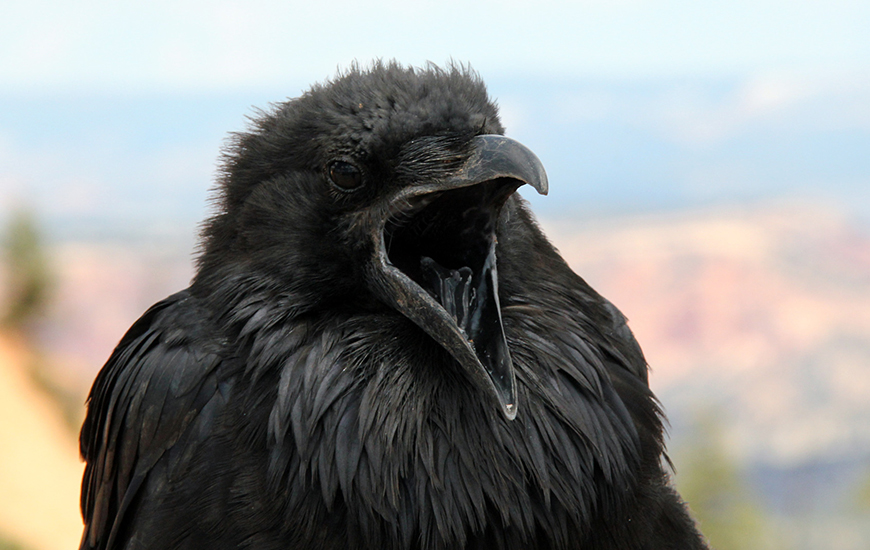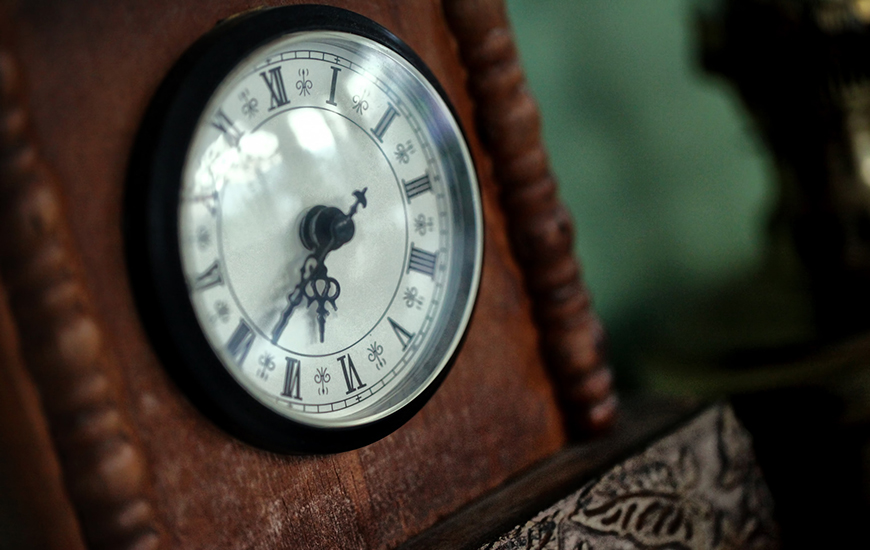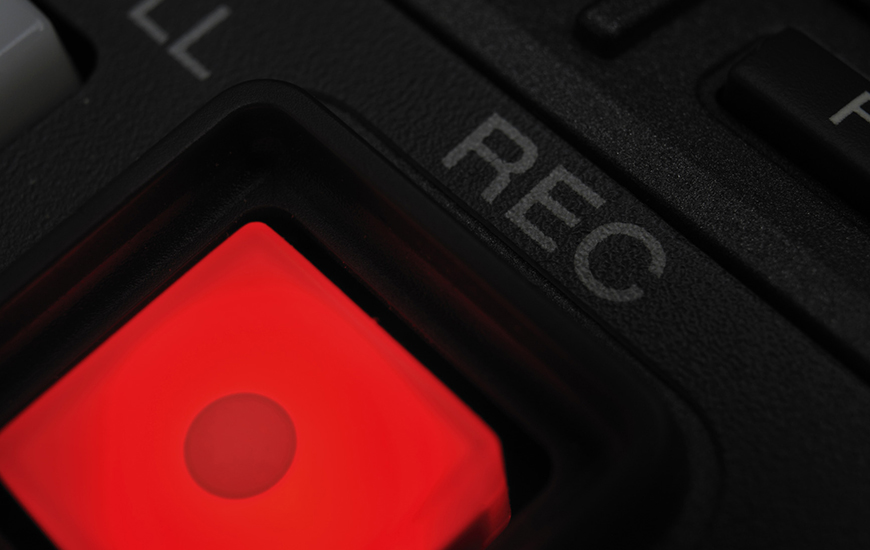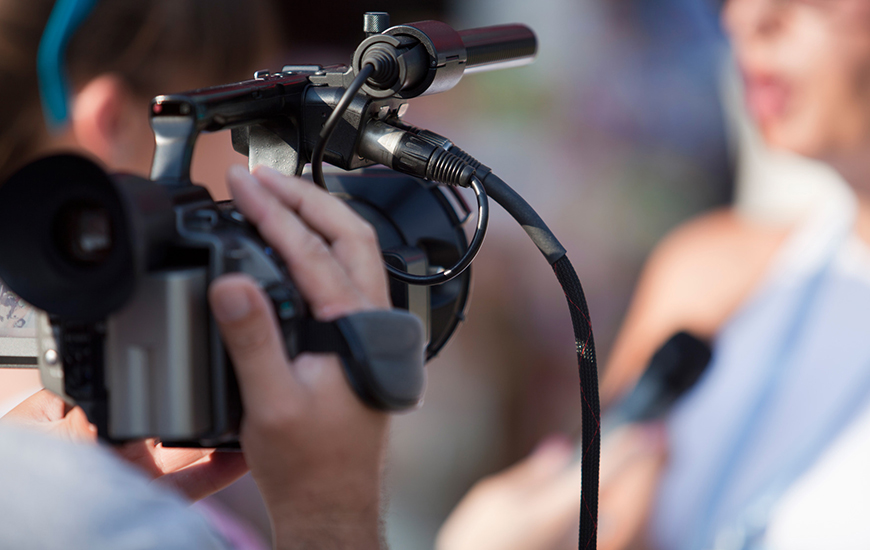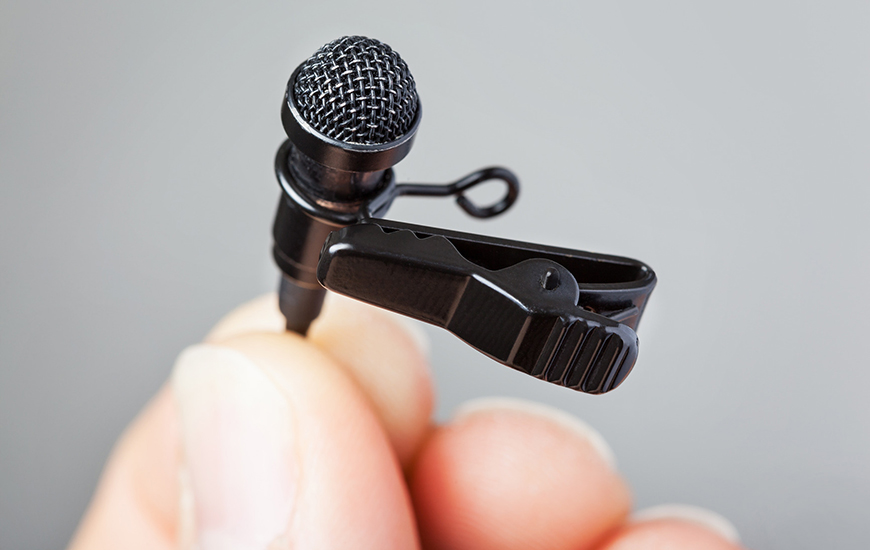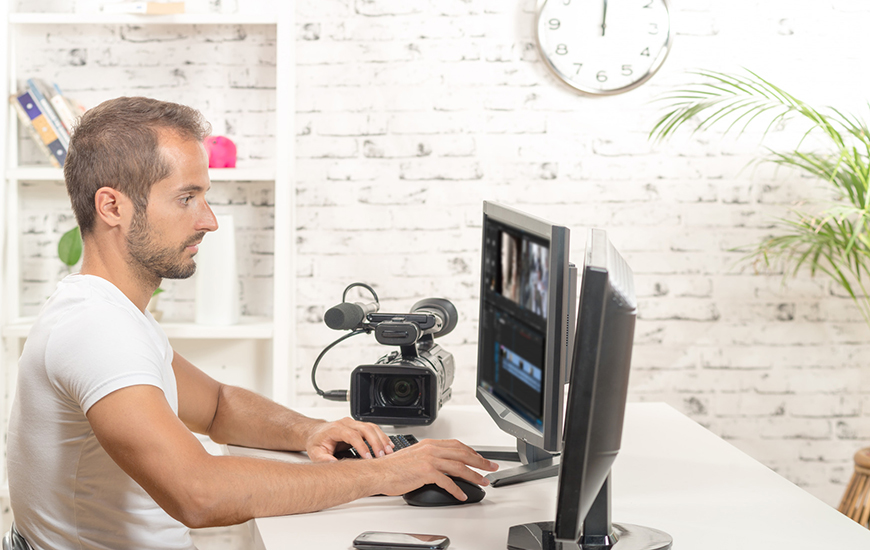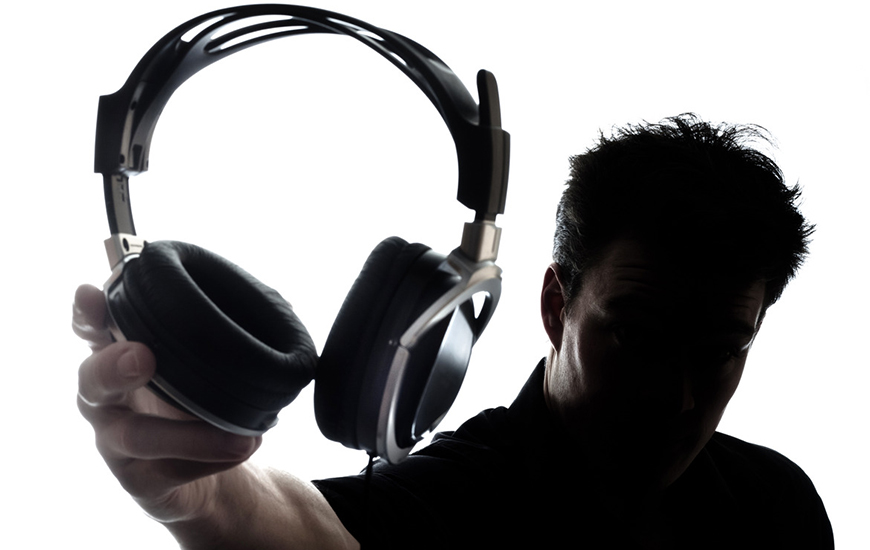Audio is an incredibly important part of video production so when it comes to filming good interviews, you need get your audio right. You should take some time out of your busy schedule to pick a workable location for audio. There are many elements in day-to-day life all around you that you should avoid because they will destroy the sound portion of your interview.
Good audio means better video
Location, Location, Location.
Audio is the smiling assassin. When shooting a corporate video such as an interview or promotional video for your business, we all know that the location is a very important factor to the look of your shoot, so we can sometimes just focus on that. However, audio is just as important. Some locations are literally unusable no matter how pretty the background might look. This is due to things like automotive traffic, animal calls, high foot traffic, frequent access areas, large and echo swamped rooms, windy exteriors or loud appliances.
When scouting for a place to shoot your interview, it is recommended to always check these 5 things:
1. Is it weather proof?
Is it protected from the elements? Rain, hail, wind, snow and even the sun are things that can greatly affect your sound. You may ask, “the sun?”. Yes I’m not kidding. Wooden slats, tin roofs and even glass windows contract and expand in the direct heat of the sun and you can hear the ‘thud’ or ‘crack’. That’s just physics mate.
It is always ideal to shoot clean sound. If for some reason, you want to hear the sound of rain (for example) in your interview, add that sound effect in post. We rarely come across a client who wants to add the sound of rain added to their interview but if that’s what you want, it can be done! Instead of buying these sound effects, capture on-set sound (known as ‘foley’) on its own and then add it when editing your video.
2. Is it nature proof?
Where you are shooting? Is it in an area that wildlife generally frequent? Are you shooting next to a farm where cows roam (and moo) or a stable where horses are running (and neigh)? Are there lots of birds flapping around (loveable birds like cockatoos and crows) or are dogs playing and barking in the background? If this is the case, unless your intention is to have them in the shot, you should choose a new shooting area.
3. Is it traffic proof?
How close are nearby roads and is your shoot location in a high traffic area? Try to never shoot next to a highway, as the collection of cars, trucks and motorbikes can fill your audio with unpredictable and unwanted sounds. If you do wind up near busy roads, make sure you test the audio to make sure that it will not drastically affect your shoot. It is always important to keep an ear out and monitor exterior vehicular noises.
Similar to automotive traffic, it is important that where you are shooting is not under a flight path or next to a particularly busy marina.
4. Is it appliance proof?
Is the nearby air conditioner humming? Is the clock on the wall ticking? Are mobile phones on silent? Who just used the microwave?
5. Repeat. Record. Repeat.
If you are on location and a motorbike fangs it past your window or the wind bellows in the middle of your talent’s answer to your question, have them repeat their answer.
If someone interrupts your talent, by talking directly to him or her, have your talent repeat their answer.
If your talent, sneezes, burps or passes wind (please no), have them repeat their answer.
If your talent forgets their ‘script’, have them repeat their answer.
If your talent scratches their eye, rubs their face or gets distracted, have them repeat their answer.
If your talent ums and aahs too much, have them repeat their answer.
If your talent has a dry throat, get them a glass of water. Then, repeat their answer. (Can I have a slice of lemon please?)
If there is too much ‘noise pollution’ in the background, like heels on floors, doors opening/ closing or chatter in the background, tell them to be quiet and ask your talent to repeat their answer.
If you interrupt them with your questions, giggle or your phone beeps, (put your phone on silent) and have them repeat their answer.
Use the right equipment for the job
When shooting an interview, it is important that you have the right equipment on hand to get the best audio possible.
For any interview, you will want to use a external microphone. In contrast, microphones that are built into the camera are generally omni directional and sound pretty bad. This is why you should use an external shotgun microphone attached to the top of your camera or a shotgun microphone on a boom pole or a stand (if there is more than one of you). If you don’t have any help, it is highly recommended you use a lavalier microphone alternatively known as a ‘lapel mic’. This comes with a receiver and transmitter and uses a small microphone on your talent to capture your audio.
You should at least be shooting with an on-camera shotgun microphone, if not a lavalier microphone or external shotgun microphone, connected via a XLR cable. The best audio you could ask for would come courtesy of the hiring of a sound engineer, but for a simple interview a reasonable lavalier or external microphone running into your camera or external recording device would suffice.
Recording with the camera’s built in microphone is a big no-no as there are many aspects that cannot be controlled. All built in microphones don’t have a far reach, are omni-directional (picking up noise 270 degrees around its surface – pretty much all the stuff you don’t want) and have no capacity for controlling sound. If you want your video to resemble something close to being professional, avoid shooting with the built in mic.
We’ll fix it in post!
No you won’t. When you are on set you want to get the crispest and clearest audio you possibly can!
There are some things that audio post-production can fix like low sound levels and hum. But there are many things that you won’t be able to fix and neither will most sound engineers (unless you are paying top $$$).
If the sound is full of background noise (and background noise is largely inconsistent as well) you will most likely not be able to fix it.
If your sound is full of traffic noise (like car beeps, cars accelerating, traffic lights changing and general background noise of motor vehicles), you won’t be able to fix it.
If your talent stops and starts consistently whilst talking, you will have a lot of trouble trying to make the flow of your interview work, as well as it being distracting for the audience.
If your talent ums and aahs consistently or is frequently distracted, you can’t cut and chop the video to pieces (unless you were recording on a second camera, in which case you might be able to cut between shots – but you’ll still have the same bad audio to work with).
If you are recording your interview with onset ambience (the noise inherent in the location), make sure that the ambience doesn’t overpower the talent’s audio.
When you are asking questions make sure you give enough time between questions and answers. Ideally, after your talent is asked the question make sure they know that they should pause for a moment by counting from 0 to 3000 (counting in 4 digit increments – i.e. 1000, 2000, 3000) whilst maintaining eye contact with the camera or interviewer. It’s just a little technique to insert a gap between question and answer. Everyone has their own gimmick.
Be future proof and get the sound(s) you need on set to give you more flexibility in post-production.
Monitor your audio…with headphones.
Always wear headphones whilst shooting FULL STOP.
There are many variables that come into play when shooting an interview and getting good audio is an integral part of a shoot (as we know). With an interview, your message is in what is said, so if your audio is bad, your video will be bad.
There are millions of different headphones you can invest in. Most modern cameras carry an on-board 3.5 mm audio jack and at the very least you should be using in-ear headphones. Using a pair of noise cancelling over ear headphones is the most ideal situation.
In conclusion
Don’t overlook audio when it comes to video production. It is super important. If your background looks impressive and your talent looks great but they sound like Kylo Ren having a tantrum (the baddie in Star Wars), you have stuffed it up. By following the above simple steps, you’ll end up like Finn (the hero).
Joel Hamilton-Foster is a Production Manager at Sydney based video production company, Rocket Productions. You’ll find more useful articles on our blog.


